Photography has been around in various forms for over 200 years now. Like all technologies, it has seen massive changes over those years. Like some other technologies, it has also helped shape human history.
The massive changes in photography have been driven by the ceaseless advancement of camera technology. From the days of wet plates and a wooden box with a lens we are now at a point where we can take stunning images with a tiny mobile communications device.
Whilst the march of camera technology has been relentless, there have been some cameras that have completely changes the face of photography. Today we are going to take a look at some of them.
The Box Brownie
If you are of a younger generation, the name Kodak will be familiar but perhaps not significant. The fact is however, Kodak is arguably the most important name, and company in the history of photography. It was one of their early products, the Box Brownie that enabled the general public to take photos.
Before the Brownie, photography was the pursuit of the rich or the dedicated. Kodak enabled non-photographers to take “snaps” of their families, friends, and holidays all for a couple of dollars.
Introduced in 1900, it was little more than a cardboard box with a lens. It was, however, Genesis for consumer photography.
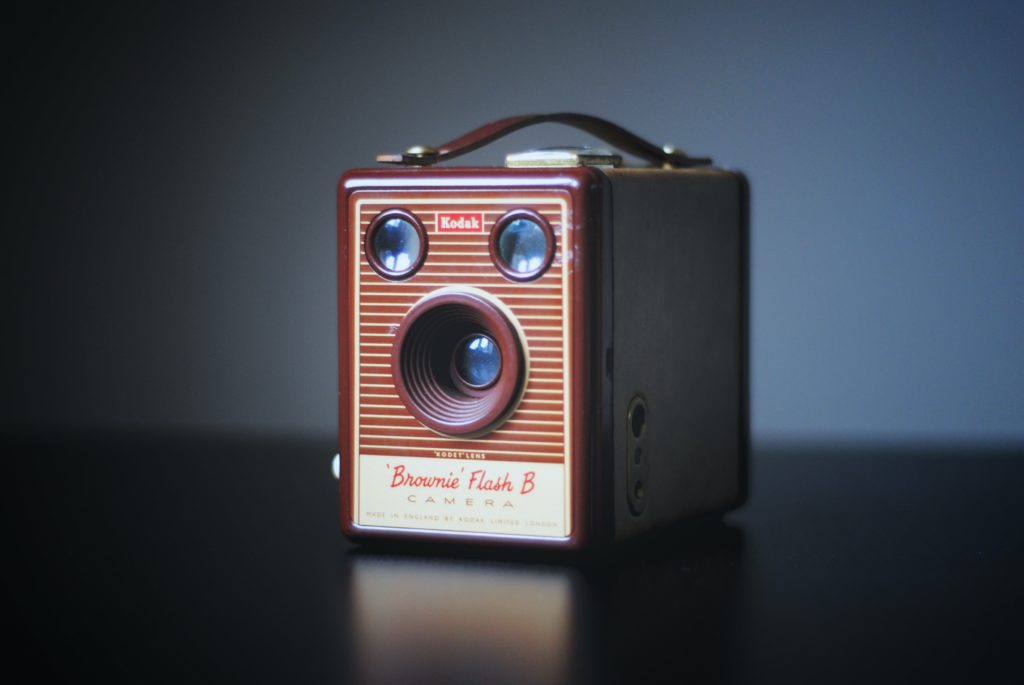
The Leica
Film photography has always been defined by film formats. The most dominant of these was and still is 35mm. Even today the modern digital camera is defined by the 35mm format, full-frame being a slightly incorrect description for a sensor that has similar dimensions to a 35mm film image.
The 35mm era was ushered in by Ernst Leitz with his Leica. It was the first camera to turn the format sideway on a roll of 35mm film.
Leica, of course went onto the master and dominate the 35mm camera market up until the 50s when Japanese companies started to reel in some of their dominance.
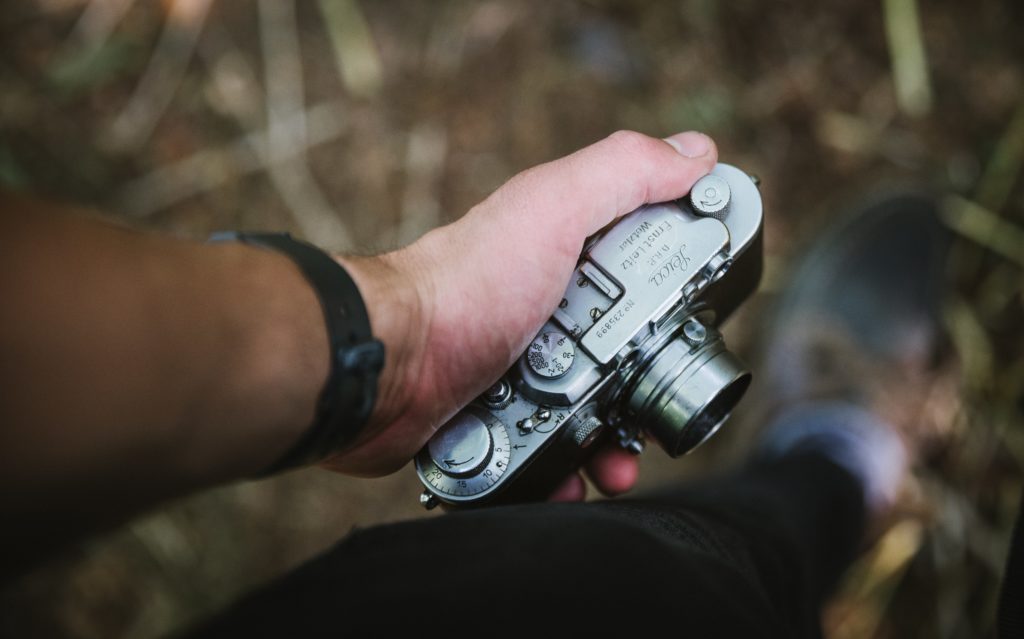
The Land Camera
Digital was not the first iteration of instant photography. That accolade goes to the Land Camera. If that name seems entirely unfamiliar then let’s call it by its more common nomenclature, Polaroid. Polaroid was huge through the 60s up until the 80s when the emergence of one-hour photo labs sounded its death knell.
The first commercial polaroid camera was the Land Model 95. It produced a black and white sepia image and was named after its inventor Edwin Land.
Polaroids were ubiquitous through to the 80s, even professionals using them to check lighting setups and compositions before shooting the final image on film.
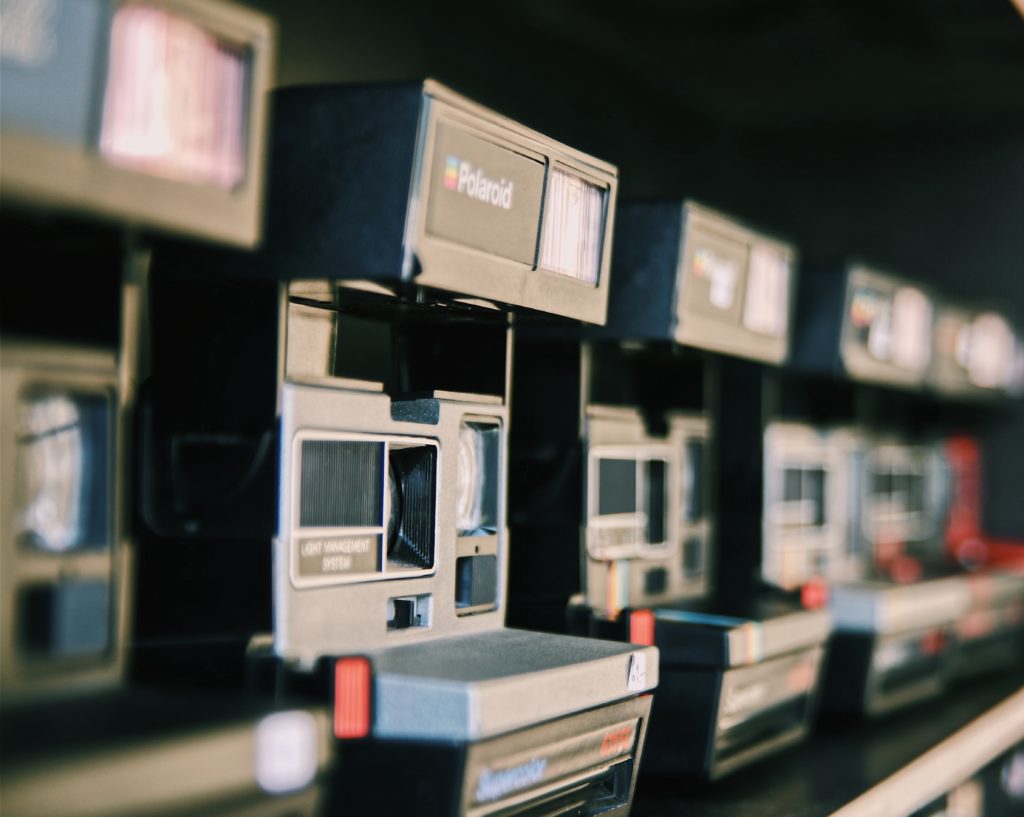
The Nikon F
If there is a camera that defines the modern era of photography, it’s the Nikon F. It was not the first SLR, it was not the first interchangeable lens camera. However what it was, redefined photography and in some respect, history.
Whilst not being revolutionary in terms of new technologies, the Nikon F combined multiple established technologies into one sturdy, and relatively cheap camera body.
As well as interchangeable lenses, you could swap out focus screens, viewfinders, add motor drives, and 250 exposure cassette backs.
Its ruggedness made it the go-to camera for photojournalists and it was images taken on Nikon Fs that in part changes the world’s perception of the Vietnam war.
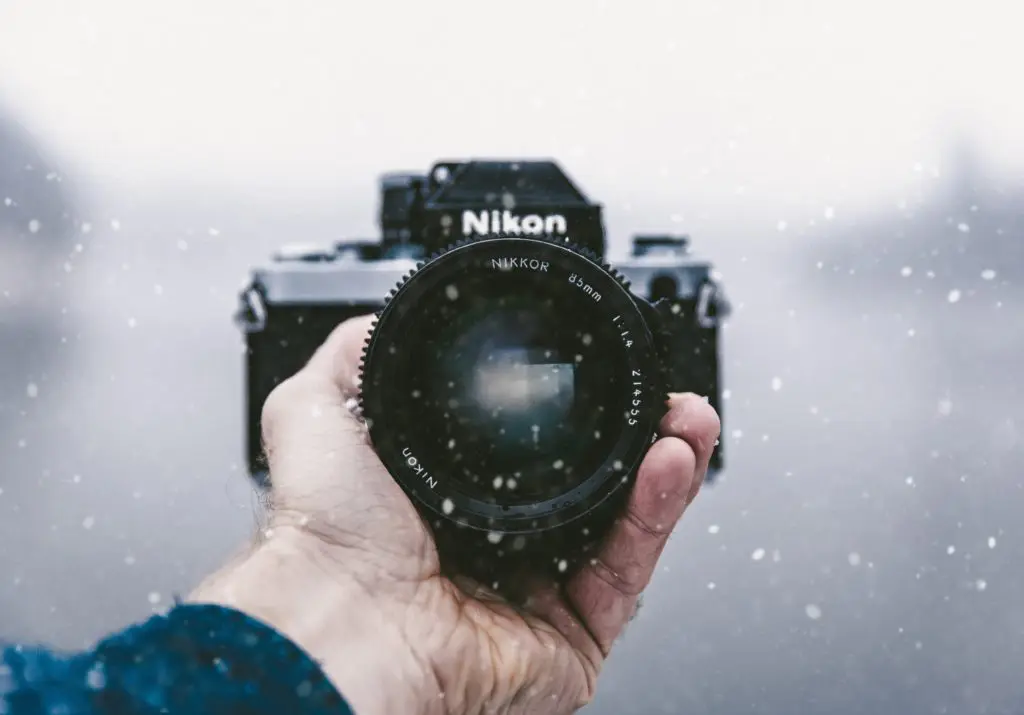
Kodak AP NC2000
The Kodak AP NC2000 was perhaps the first true professional digital camera. It was a beast of a machine weighing in at 1.7kg and costing upwards of $15000. It was introduced in 1994 and was effectively a digital film hybrid. The digital technology was piggybacked onto a Nikon N90 film body with the addition of a large pack underneath the camera.
Whilst not selling in huge numbers the technology designed for the NC2000 would later find its way into smaller and cheaper DSLR cameras, paving the way for the digital revolution.
Fujifilm S1 Pro
This is perhaps the first DSLR camera that was affordable to advanced enthusiasts. Another “hybrid” was Fuji technology built into the body of a Nikon N60 film camera.
It featured Fuji’s own 3.1 megapixels Super CCD sensor that gave an apparent but controversial output of 6.2mp.
It was introduced in January 2000 around three months ahead of Canon’s rival the EOS D30 although the latter would go on to take a much larger market share and secure Canon’s early dominance in the DSLR market.
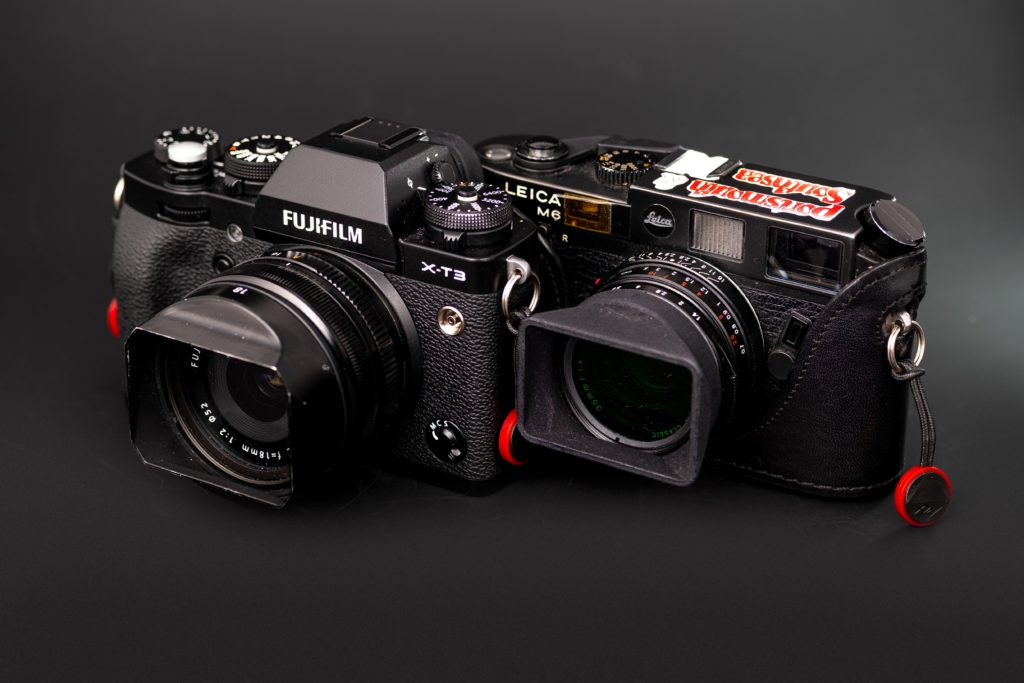
Canon EOS-1Ds
The 1Ds is the starting point for digital full frame. Launched in late 2002 it was an 11.1mp body based on the original 1D. Its sensor dimension was 35.8 x 23.8mm, getting very close to the 35mm frame dimensions of 36x24mm.
It was also one of the earliest cameras using the CMOS sensor technology rather than the cheaper and more established CCD technologies. Canon would dominate the full-frame market for a number of years until Nikon released their D3.
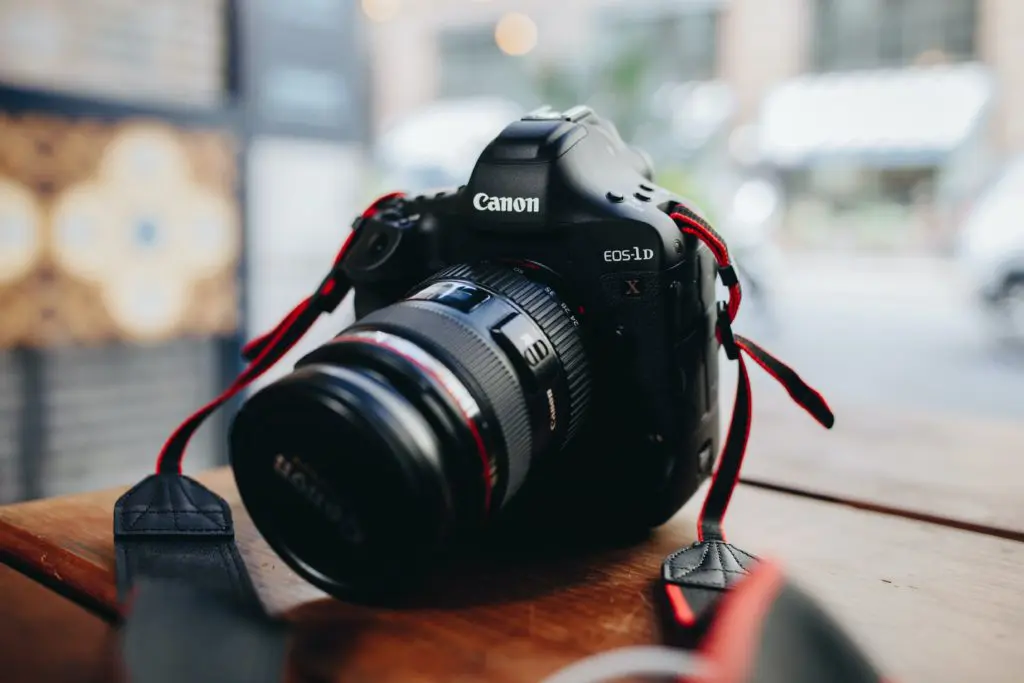
The iPhone
A controversial choice to some maybe, but if we are talking about cameras that changed the face of photography then the iPhone must be included. The original iPhone’s camera is nothing to write home about. It was 2mp and with a small sensor image quality was not great.
However as the iPhone progressed and other smartphones began to hit the market, they featured ever-improving cameras with more megapixels, more lenses, and larger sensors. The smartphone was small enough to fit in your pocket, good enough for anyone to take nice shots, and was always with you.
The iPhone has not only defined this decade of photography but will also be defining the next with the advancements in computation photography and AI finding their way into larger more mainstream cameras.
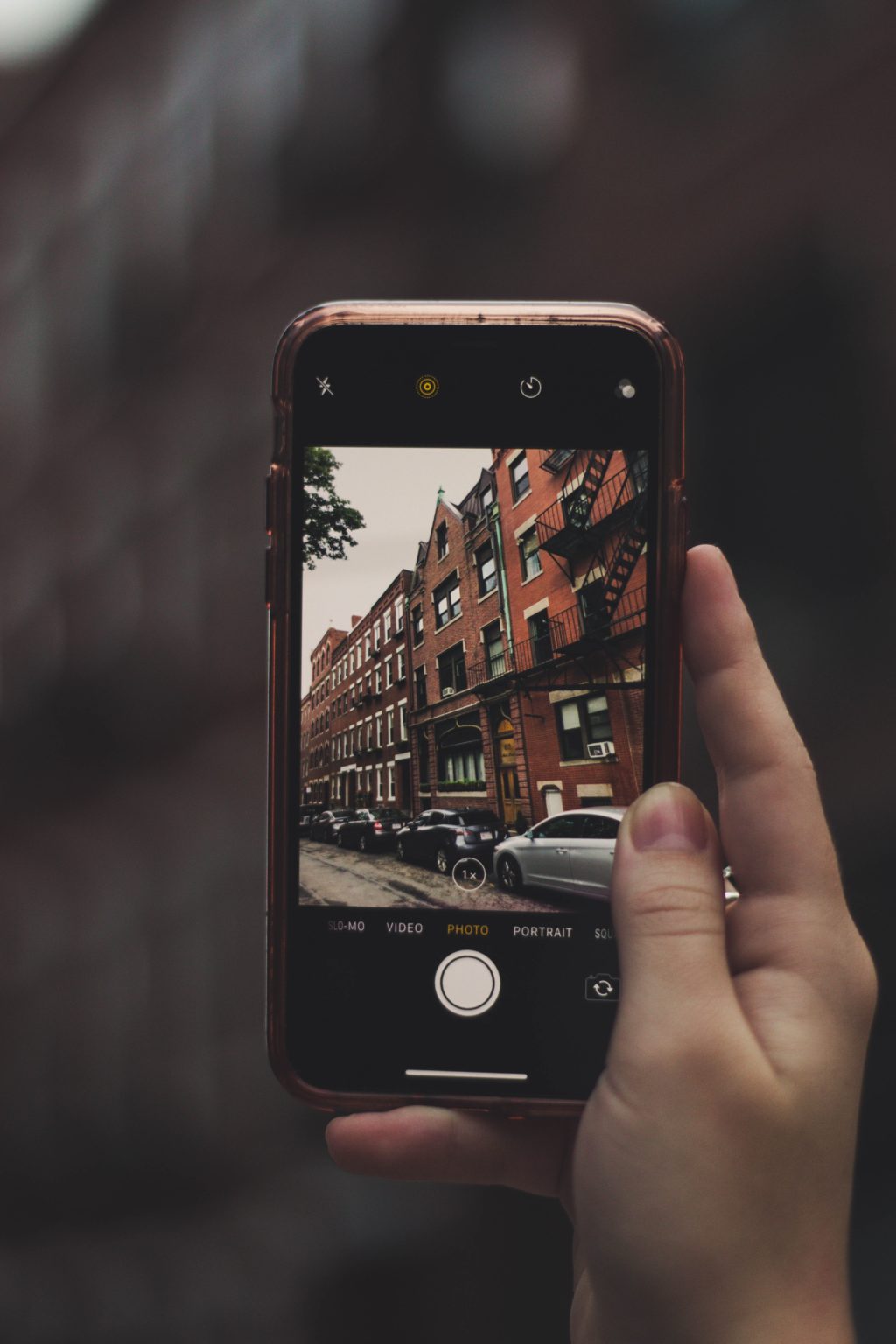
Looking over this list you can see that camera technology is mirroring other technologies in that they are improving at an exponential rate. Photography of the future will not be defined by lenses, films, and mirrors but by processors and code. Some may lament this, some will embrace it. One thing is for sure, if we rewrite this article in 10 years, there will be at least one, probably more new cameras on it. In the meantime have we missed out on a camera that you think changed the face of photography. Let us know in the comments below.
Further Reading:
Light Stalking https://ift.tt/3jGxUIM
Sourced by Time Trap Photography sharing the best photography tips, news and tricks throughout the industry. Time Trap Photography is dedicated to freezing those special moments in life that can be revisited and admired for generations to come. - Shannon Bourque
Please visit our main site for booking availability and rates.

Receive valuable industry knowledge delivered free to your email each day.







No comments:
Post a Comment
Thank you so much for your comment. A moderator will review and approve all relevant posts. We appreciate your support and encourage you to stay with us by subscribing to our email updates. Where you can easily pick and choose what photography subjects interests you. Subscription link: http://bit.ly/photo-sub